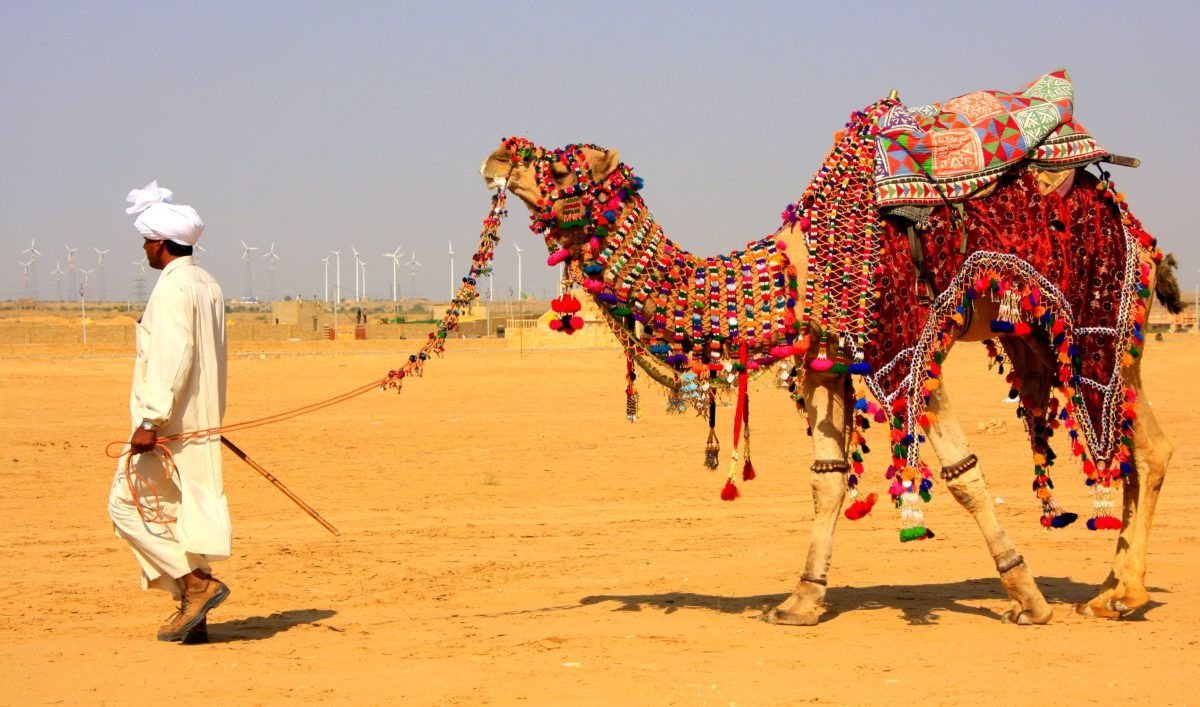Jodhpur, the Blue City of India, stands as a timeless testimony to Rajasthan’s regal heritage. Enveloped by the golden sands of the Thar Desert, this city exudes royal charisma, architectural grandeur, and a cultural legacy that reflects the valor of the Marwar kingdom. Whether you’re captivated by imposing forts or intrigued by tales of Rajput bravery, Jodhpur offers a deeply immersive historical journey. It’s no surprise that travelers often trust a seasoned Rajasthan Tour Operator to navigate its rich and layered past.
The Origin of the Blue City: Founding of Marwar
Founded in 1459 by Rao Jodha, Jodhpur became the capital of the Marwar kingdom. The city’s origin story is intricately linked to the strategic significance of Mehrangarh Hill, which offered natural protection from invasions. The founding legend also includes the tale of a hermit whose displaced spirit cursed the city with drought—a myth that continues to echo in the folklore of the region. This historic grounding marks Jodhpur not just as a city, but as a living chronicle of Rajput resilience.
Mehrangarh Fort: A Citadel of Power
Dominating the skyline at 400 feet above the city, Mehrangarh Fort is perhaps Jodhpur’s most defining symbol. Built by Rao Jodha, this colossal fort is a remarkable feat of Rajput military architecture. Its thick walls and strategic design repelled numerous sieges, making it a seat of power for centuries. Inside, intricately decorated palaces like Moti Mahal and Phool Mahal display ornate ceilings, stained glass windows, and collections of royal artifacts that narrate the saga of the Rathores. A visit here is often the highlight of a Jodhpur Full Day Tour, revealing layers of the city’s martial and aesthetic history.
Umaid Bhawan Palace: A Blend of Heritage and Modernity
Constructed in the 20th century, the Umaid Bhawan Palace represents an era of transition—from princely rule to contemporary India. Commissioned by Maharaja Umaid Singh during a time of severe famine, the palace served both as a public employment project and a symbol of hope. Today, part of it functions as a luxury hotel and royal residence. With its Indo-Deco architecture and museum housing personal artifacts of the royal family, it bridges the past and the present, offering insight into the endurance of royal patronage in modern times.
Clock Tower and Old City Markets: Cultural Continuity
Beyond its palaces and forts, Jodhpur’s historic charm extends into its bustling markets. The Clock Tower area and Sardar Market preserve the feel of a medieval trade hub. Traders still barter over textiles, spices, and handcrafted goods, keeping age-old traditions alive. The narrow lanes, vibrant bazaars, and bustling crowds form a living archive of Marwari commerce and community. This urban continuity enhances the experience of walking through a city that has evolved without erasing its roots.
Historical Temples and Stepwells: Sacred Landscapes
The city’s spiritual architecture is equally integral to its historical identity. Temples like Chamunda Mata Temple atop Mehrangarh Fort and Mahamandir Temple, with its 84 intricately carved pillars, are not just places of worship but also symbols of the city’s devotion and artistic expression. Additionally, stepwells such as Toorji Ka Jhalra highlight the ingenuity of Rajput-era water conservation techniques. These structures served both utilitarian and social functions, offering a glimpse into the environmental adaptations of desert life.
The Role of Rajput Valor and British Diplomacy
Jodhpur’s history is shaped not only by internal strength but also by its relations with external powers. The Rathores of Marwar were known for their fierce independence yet were pragmatic in their diplomacy. During British colonial rule, the rulers of Jodhpur retained considerable autonomy by aligning with the British Raj, evident in the recognition given to Maharaja Umaid Singh. This dual legacy of warrior pride and political tact shapes the nuanced narrative of Jodhpur’s past.
Preserving Heritage in the 21st Century
Modern Jodhpur maintains a delicate balance between tourism and conservation. Several heritage sites are now restored through public-private partnerships. Museums, heritage walks, and cultural festivals like the Rajasthan International Folk Festival contribute to raising awareness while honoring the city’s legacy. The commitment to sustainable tourism also adds a layer of trustworthiness to the experience, especially for those opting for curated itineraries such as the Exotica Rajasthan Tour Package, which highlights hidden gems along with major landmarks.
Why Jodhpur’s History Feels Alive
Jodhpur’s historical allure lies in its continuity. Unlike many destinations that simply preserve ruins, Jodhpur allows its heritage to live on—in the conversations of locals, the rituals at temples, and the traditions passed down through generations. Visitors aren’t just observing history; they are walking through it, feeling its pulse in real time. This sense of lived experience is what makes Jodhpur stand apart not just in Rajasthan but in all of India.
From royal grandeur and wartime valor to spiritual depth and market vibrancy, Jodhpur weaves a historical tapestry that is as diverse as it is deep. For travelers looking to uncover the true essence of Rajasthan’s past, Jodhpur offers an unrivaled entry point. Expert-led tours, authentic storytelling, and the city’s own immersive environment ensure that every step in Jodhpur is a step back into history—alive, authentic, and unforgettable.



